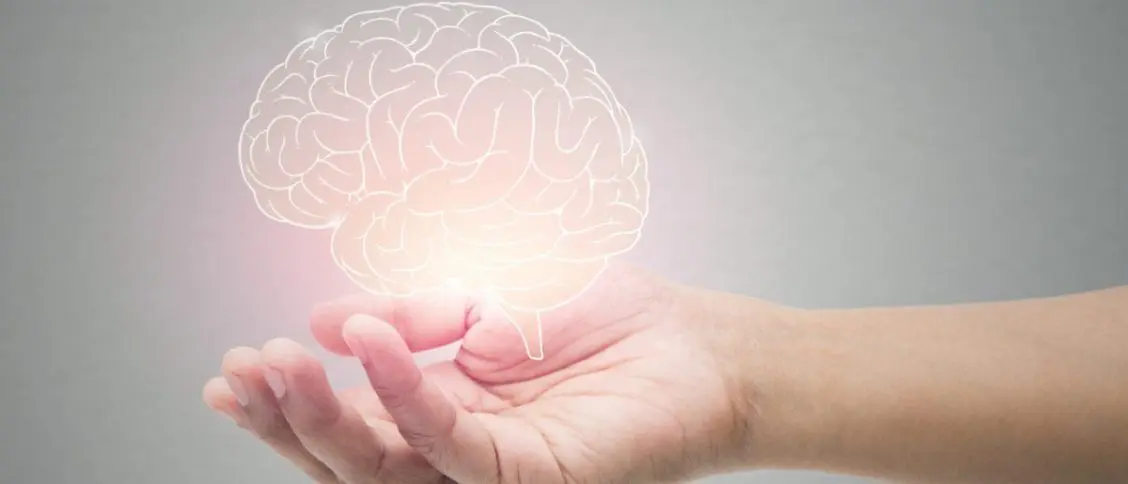The brain is the supercomputer of your body.
And within the brain, your forebrain acts as the most powerful data processor of all.
As one of the three major developmental divisions of the brain, the function of your forebrain is to control your body temperature, reproductive function, hunger, sleep, and emotions.
Where Is the Forebrain?
Since you were a child, your brain grew from the spinal cord to the hindbrain, followed by the midbrain and forebrain.
In evolutionary history, our species evolved in this order as well. From the most primitive to the most advanced, our brain grew upwards, with the forebrain at the top of the brain structure itself.
The forebrain is made up of the cerebrum, thalamus, and hypothalamus. As the largest part of the brain, their complex grey matter structure makes up 85% of your brain’s total weight.
At 86 billion neurons, this supercomputer has been called the ‘seat of consciousness.’ And by understanding its function, you’ll understand why the forebrain is called so.
What Is the Role of the Forebrain?
Your forebrain is the largest and the most complex part of your brain. Its function includes your ability to find your inner creative genius and allows you to perform at work. And it helps us make sense of our world.
Your brain is quick to respond to changes in its environment. Each moment it’s receiving and processing data from the senses, through the spine and hindbrain.
Your lower brain centers act as filters, so what your forebrain does is receive the most complex problems to solve.
And armed with this perspective, the mind grows.
Feedback is the breakfast of superheroes.
—Jim Kwik
Because only with this feedback can we truly make sense of our world. This is where your memory and perception come together with data from your senses. Each moment we’re comparing what we know with what is happening. And in those moments, your brain is updating your map of reality.
Next, let’s compare the functions of the hindbrain, midbrain, and forebrain, starting from most primitive to most advanced.

What Are the Main Functions of the Forebrain, Midbrain, and Hindbrain?
One of the most interesting things about the brain is that there’s not just one part that performs a singular task. Instead, each part works in combination with the others in order for it to function.
Your brain acts more like an orchestra, playing different notes at just the right time for a powerful overall effect. This is how the symphony of your perception plays out.
Hindbrain
Getting its name from the Latin word for ‘bridge’, your hindbrain connects the spine to the higher brain.
The hindbrain is a coordination hub sending and receiving signals between the spine and brain. It handles basic functions like facial movement, processing sound, maintaining balance, speech, and chewing.
Also located here is the medulla oblongata, which is the control center for the heart and lungs. It’s responsible for functions such as heart rate, blood pressure, breathing, swallowing, and sneezing.
Midbrain
Also known as the mesencephalon, your midbrain connects to both the forebrain and hindbrain.
Together with the hindbrain, it forms the brainstem. This is the part of your brain which directly connects to the spinal cord and acts as your physical connection between the brain and the rest of your body.
It controls movement and also processes vision and speech. Eye movement is handled here too. It also plays a role in motor and sensory functions like our body sensations and reflexes.
Forebrain
Sitting on top of the rest of the brain, your forebrain is the largest part of your brain.
It takes up 2/3 of your brain and roughly weighs 1 pound. It’s the most advanced part of your brain, handling executive and higher functions, such as thinking, perceiving, and language. It also helps control motor functions and relay sensory data.








